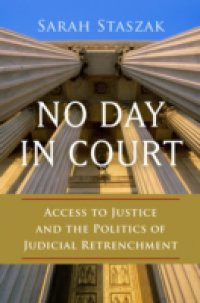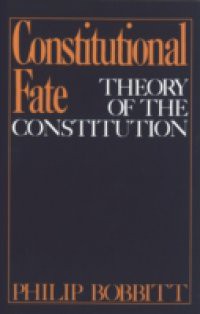We are now more than half a century removed from height of the rights revolution, a time when the federal government significantly increased legal protection for disadvantaged individuals and groups, leading in the process to a dramatic expansion in access to courts and judicial authority to oversee these protections. Yet while the majority of the landmark laws and legal precedents expanding access to justice remain intact, less than two percent of civil cases are decided by a trial today. What explains this phenomenon, and why it is so difficult to get ones day in court? No Day in Court examines the sustained efforts of political and legal actors to scale back access to the courts in the decades since it was expanded, largely in the service of the rights revolution of the 1950s and 1960s. Since that time, for political, ideological, and practical reasons, a multifaceted group of actors have attempted to diminish the role that courts play in American politics. Although the conventional narrative of backlash focuses on an increasingly conservative Supreme Court, Congress, and activists aiming to constrain the developments of the Civil Rights era, there is another very important element to this story, in which access to the courts for rights claims has been constricted by efforts that target the rules of the game: the institutional and legal procedures that govern what constitutes a valid legal case, who can be sued, how a case is adjudicated, and what remedies are available through courts. These more hidden, procedural changes are pursued by far more than just conservatives, and they often go overlooked. No Day in Court explores the politics of these strategies and the effect that they have today for access to justice in the U.S.


















